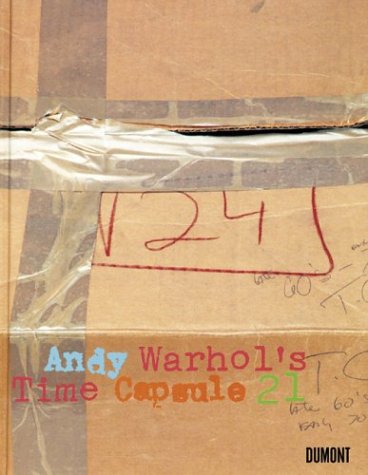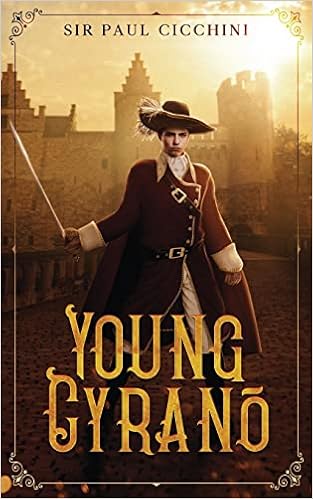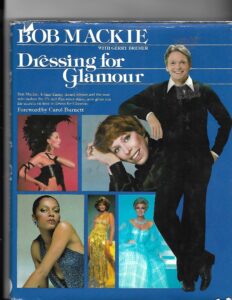Kevin Winkler is not a fan of Bette Midler. He is obsessed with her, ever since “the first time I saw her on The Tonight Show when I was in high school.” Then, after reading a few entries in Oxford University Press’ series of Opinionated Guides, which are deep dives into the creative accomplishments of major pop culture figures such as Stephen Sondheim, Barbra Streisand and Marilyn Monroe, he felt that “this format would be ideal for delving into Midler’s work as a multi-platform artist,” explains Winkler. “There’s been surprisingly little investigation of her creative life, and since I knew her work so intimately I thought, why don’t I write this book?”
And so he did. The slim volume title On Bette Mider: An Opinionated Guide ($29.99) “is not a standard biography,” Winkler says, “but a critical analysis of Midler’s creative output written by someone who has been there from nearly the beginning of Midler’s career and followed it with love and dedication for over half a century.”
Consider the book a best Bette. We spent a few minutes with Winkler, speaking about his Big O. Such Divine inspiration!

After the book was finished, did you come away even more obsessed?
I came away with a deeper appreciation for the path Midler has taken as an artist, one who has made her own particular brand of art within the strictures of commercial theater, film, television and recordings. It wasn’t always easy, and inevitably compromises impacted some of her work. But I came away with a renewed respect for the boundaries she pushed, the battles she fought, and of course, all the great performances she gave us across media.
What did you learn about Midler—something you never knew?
I enjoyed digging into the media coverage of Midler’s early days, particularly as she was becoming well-known following her performances at the Continental Baths. [See footage below.] The extent to which she was perceived in some circles as just the latest flash in the pan really surprised me. And of course, she proved all those skeptics wrong!
What did you not include in the book and why?
I pretty much included everything I wanted in the book. I focused on four key areas of Midler’s art: her theater, her films, her TV appearances and her recordings. Her performances have been touchstones throughout my life. I went pretty deep in discussing her work in each of these areas, placing her accomplishments in the context of the time periods in which they were made. As I said, it’s not a biography, so I didn’t discuss her personal life in any significant way.

Did you contact Midler about the book? What did she say?
The key to the book’s tone and content is its subtitle: An Opinionated Guide. It’s not a standard biography but a critical analysis of Midler’s creative output. I didn’t want to speak to the book’s subject or to anyone who knew or had ever worked with her, which would have colored my opinion. As I say in the introduction, it’s not just opinionated, it’s highly opinionated, written by someone who has been there from nearly the beginning of Midler’s career and followed it with love and dedication for over half a century. However, we did send Midler an advance copy of the book. I hope she likes it!

 We learn much, including Roosevelt’s obsession with nature and biology: “I supposed myself a naturalist, and outdoorsman, having collected and classified hundreds of specimens from birds to snakes to seals all my life. My rooms were a forest of dead skins … embalmed critters…and jars and boxes full of bits and pieces of them.”
We learn much, including Roosevelt’s obsession with nature and biology: “I supposed myself a naturalist, and outdoorsman, having collected and classified hundreds of specimens from birds to snakes to seals all my life. My rooms were a forest of dead skins … embalmed critters…and jars and boxes full of bits and pieces of them.”





